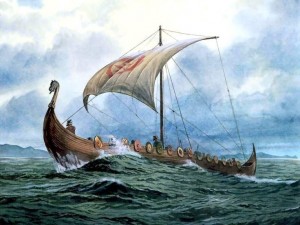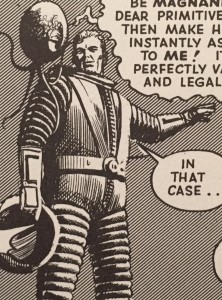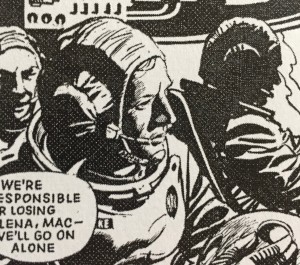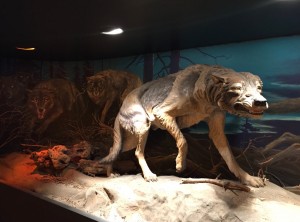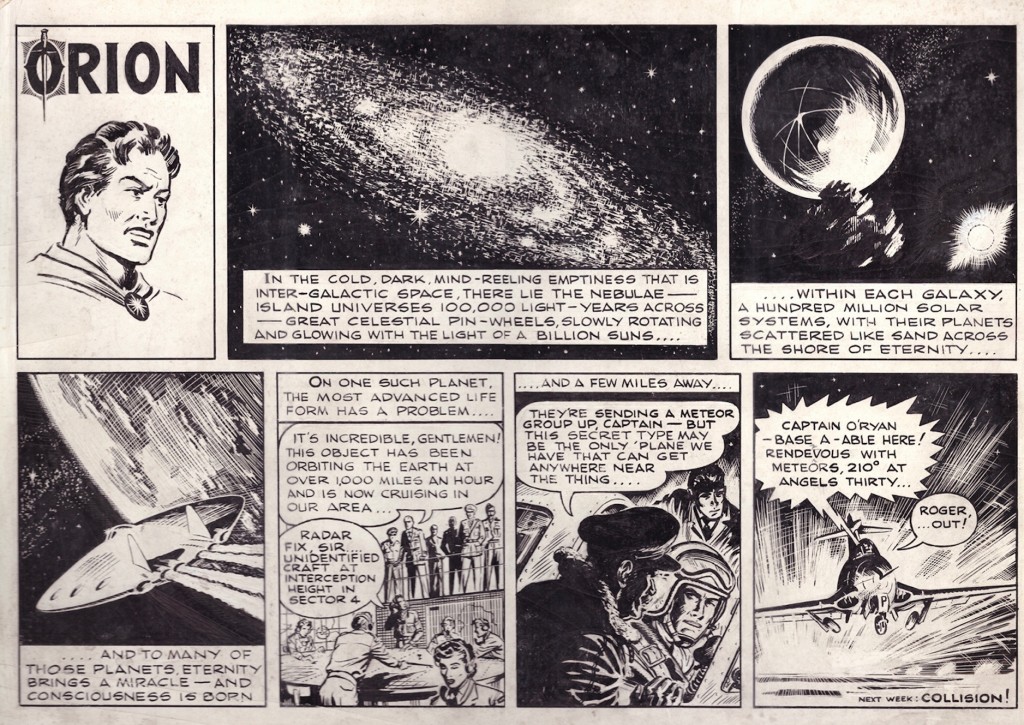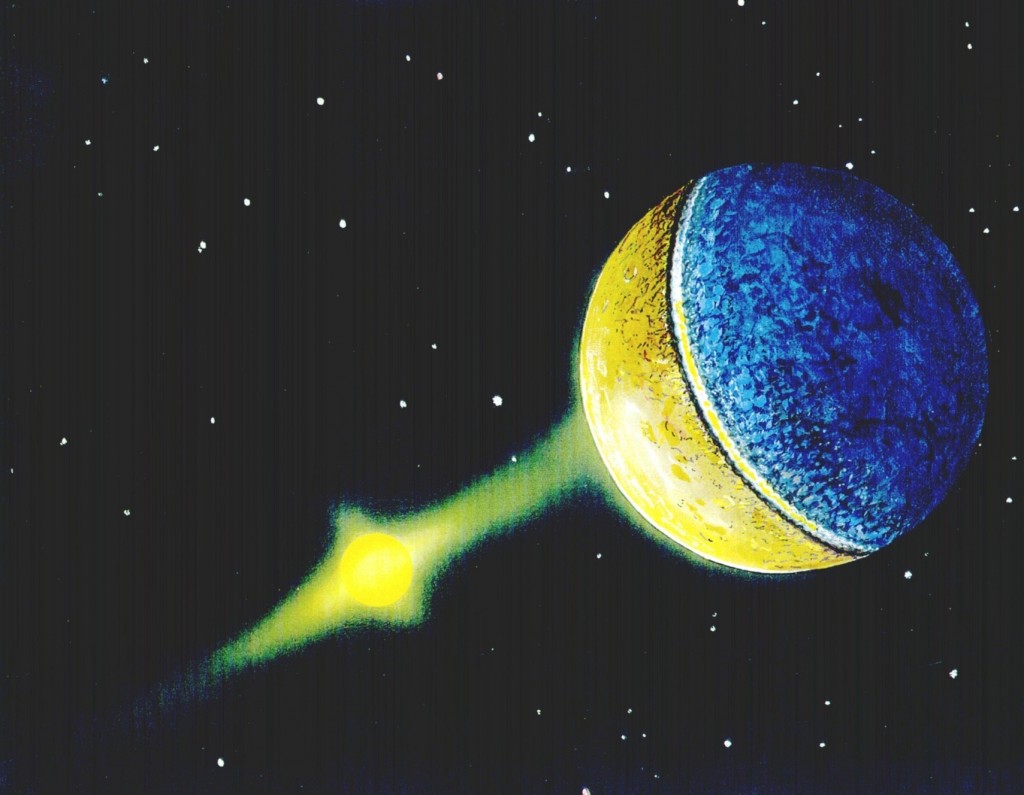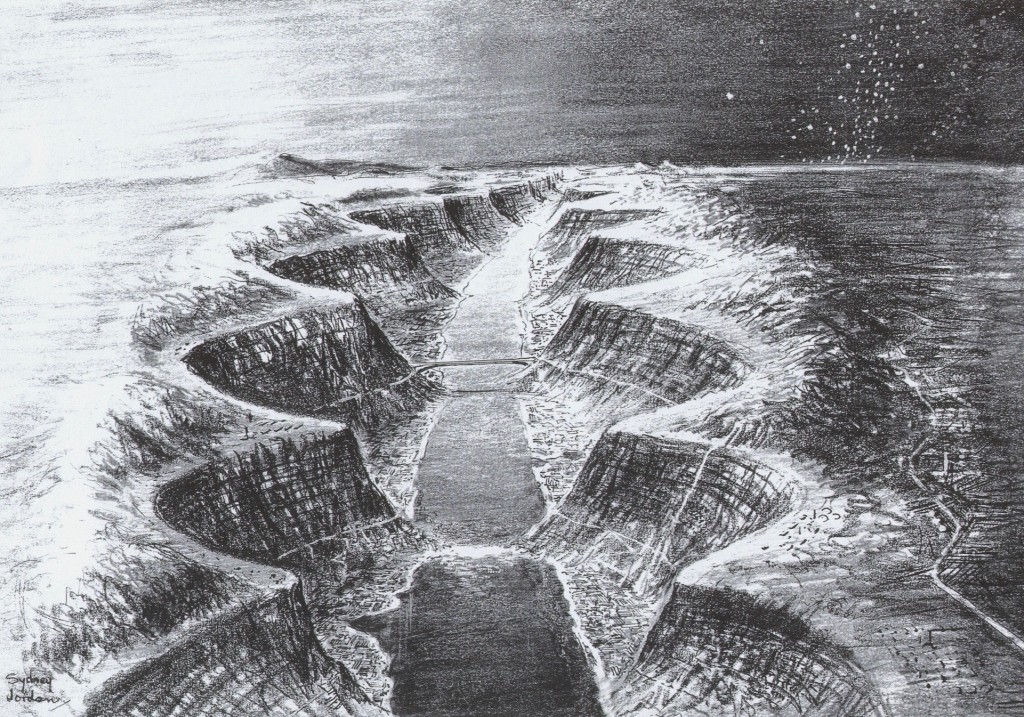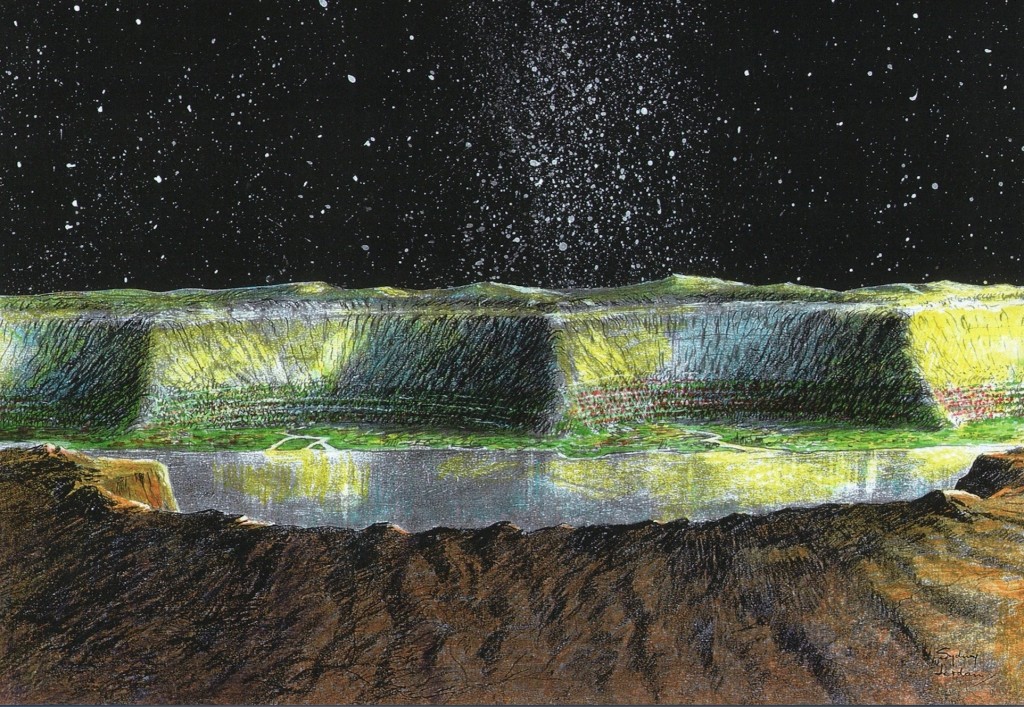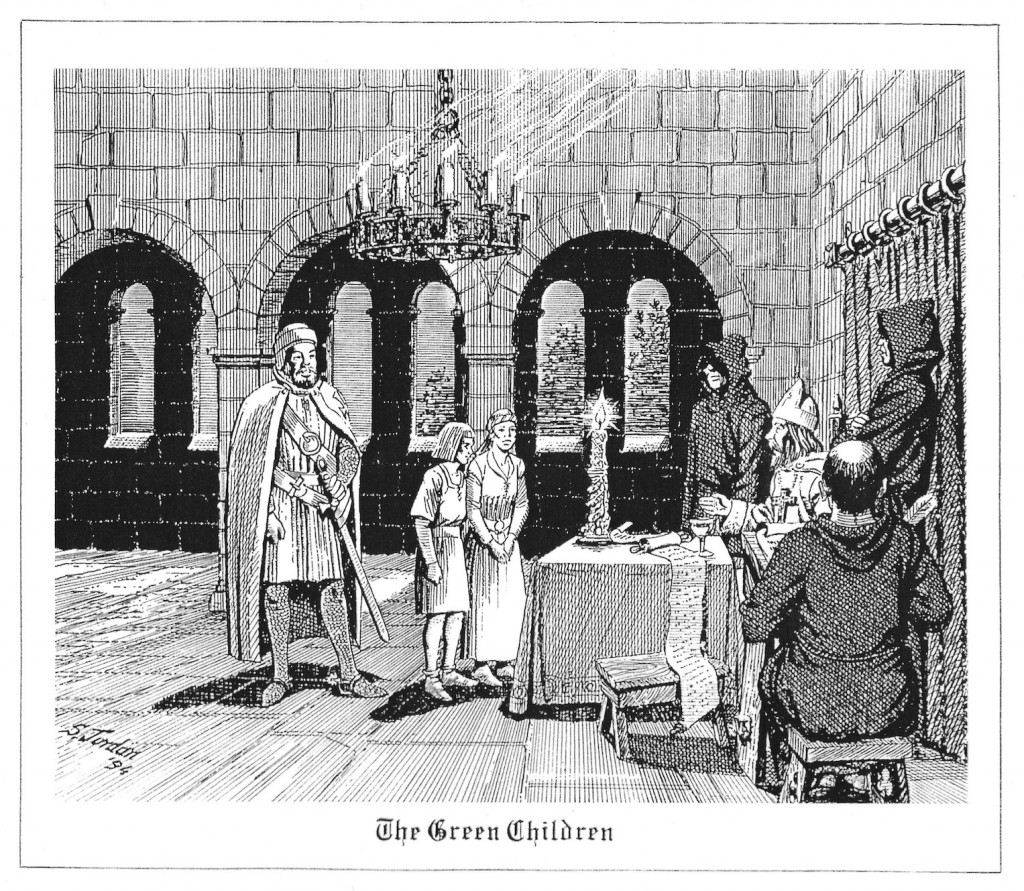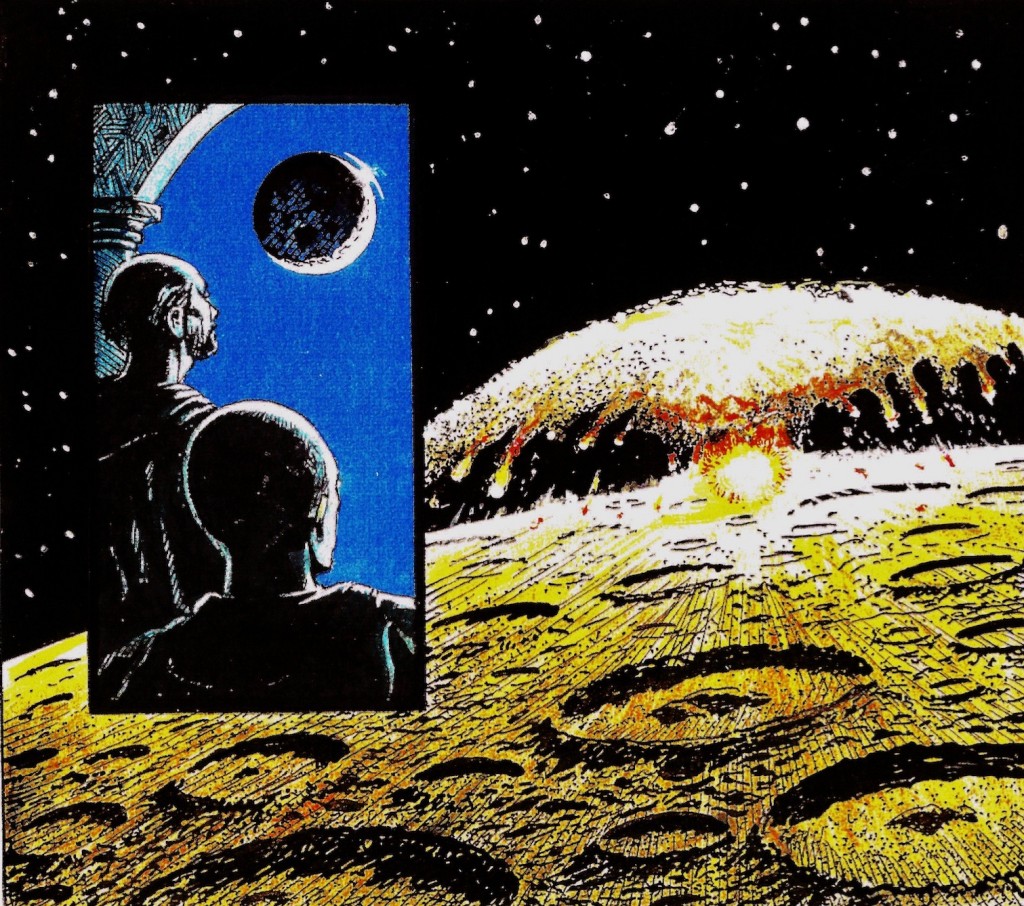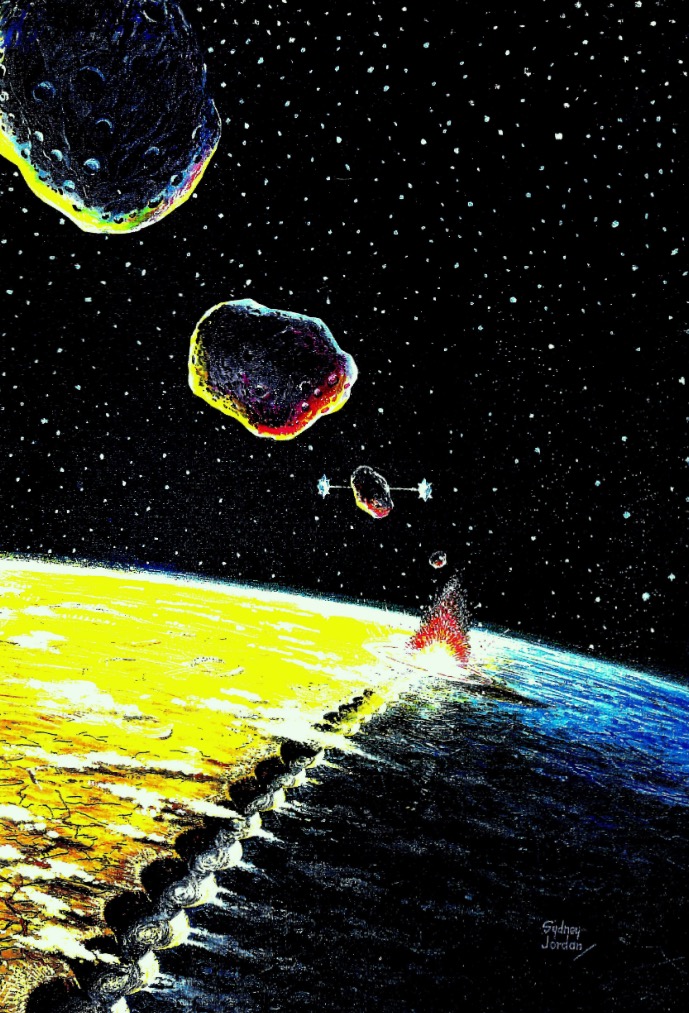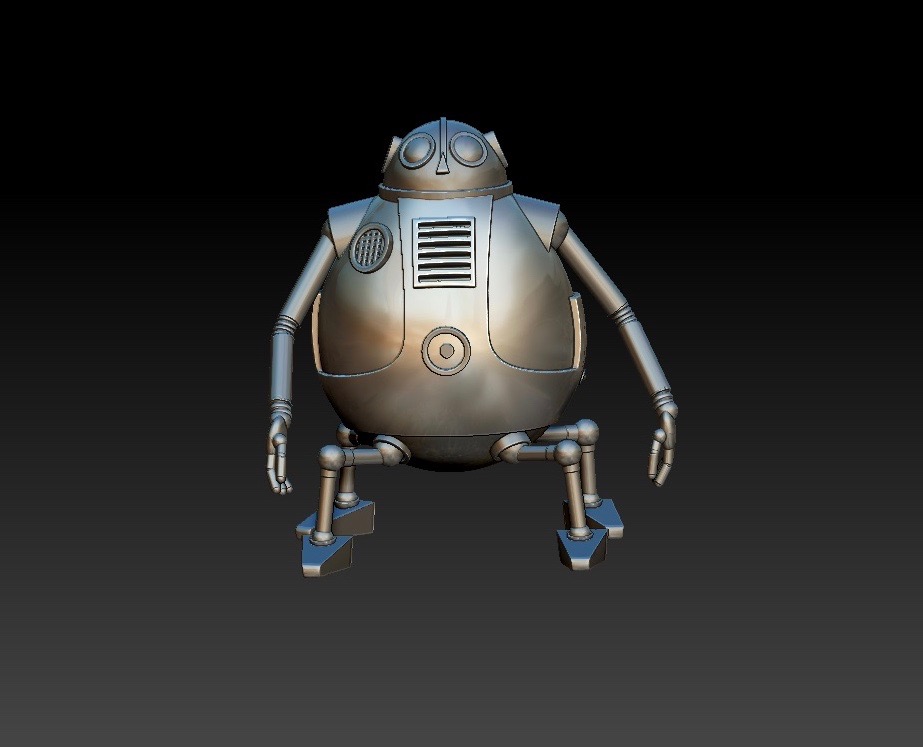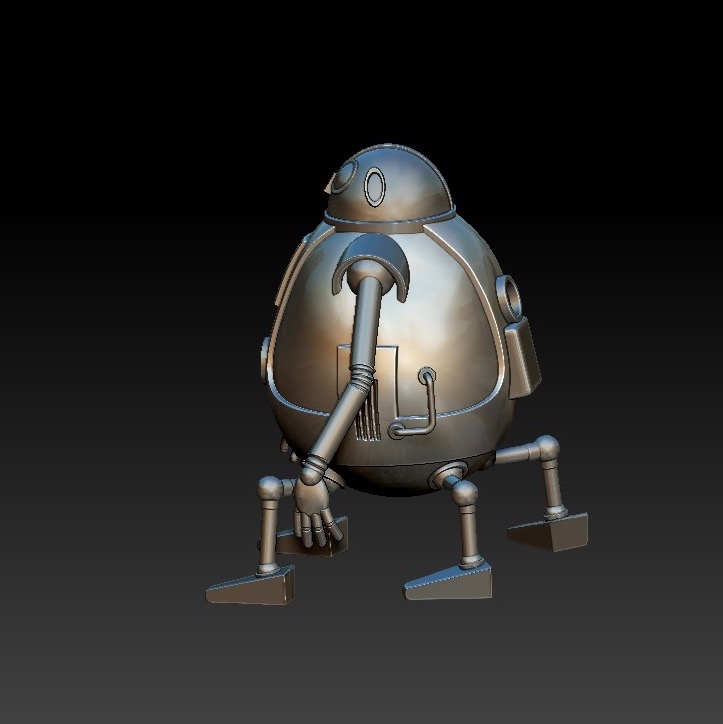5 November 2017
![]() The second unpublished ( and undrawn ) Hawke story by Duncan Lunan, centres around an interesting and theoretical propulsion system designed to carry a spacecraft far out into the Solar system. According to Duncan the idea for the story had a number of origins, but one that was key was a breakthrough in Adaptive optics made by a reasearch team at Strathclyde university in the early eighties, in which a flexible parabolic mirror would instantly re-focus as it changed shape. A second strand in the development of the story , namely the exploration of Uranus , resulted from Duncan’s lecture tour of the U.S. in 1986. While on a visit to the Jet Propulsion Lab in Pasadena, he was presented with a set of photographs of the planet Uranus which Voyager2 had transmitted back to Earth earlier that year. As the complex propulsion system is such an integral part of ICE NEEDLE, it might be worth explaining how such a system would work before embarking on the story itself.
The second unpublished ( and undrawn ) Hawke story by Duncan Lunan, centres around an interesting and theoretical propulsion system designed to carry a spacecraft far out into the Solar system. According to Duncan the idea for the story had a number of origins, but one that was key was a breakthrough in Adaptive optics made by a reasearch team at Strathclyde university in the early eighties, in which a flexible parabolic mirror would instantly re-focus as it changed shape. A second strand in the development of the story , namely the exploration of Uranus , resulted from Duncan’s lecture tour of the U.S. in 1986. While on a visit to the Jet Propulsion Lab in Pasadena, he was presented with a set of photographs of the planet Uranus which Voyager2 had transmitted back to Earth earlier that year. As the complex propulsion system is such an integral part of ICE NEEDLE, it might be worth explaining how such a system would work before embarking on the story itself.
Duncan himself explains the concept ” The launch site is a deep pit dug on the Spaceport island, with the actual ship suspended by gantries over the centre of the pit at sea level (see Fig. 1). After the pit has been filled with water, the refrigeration unit builds up a column of ice below the ship, and then the water is pumped out again.
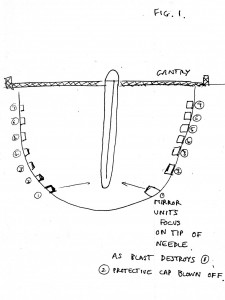
The interior of the pit is lined with flexible mirrors like searchlights; (this would be much cheaper than a similar number of glass mirrors, and it’s known that the Japanese have put a lot of money into studying applications of the Strathclyde University patents.) These are fed by banks of‘mirrors outside the pit (Fig. 2). On1y three of the units inside the pit, equidistantly spaced round it, are active at any one time, focussing on to the tip of the Ice-Needle: violent evaporation forces the Needle upwards at high acceleration. As the blast destroys the foil of one trio of mirrors, protective covers are removed from three more and the feed banks of mirrors outside swivel to focus on them. (NB This means the feed mirrors also have to be flexible.) The whole system has to be
computer-controlled to keep all the gathered sunlight concentrated on the tip of the Needle as it rises. Ideal launch time would be the afternoon of one of the Equinoxes, presumably the spring equinox since the story will be running during March. Time of launch would be as late as possible without losing power as the Sun gets lower; aim-off from the vertical would be towards the East (see Fig. 3). The effect of this, as the Needle passes escape velocity, is that it’s now making a retrofire with respect to the Earth’s orbital motion, and also boosting itself towards the Sun. Once the thrust phase stops, the Needle pivots so that its tip is pointed towards the Sun, and a robot puts a protective shield over the tip to stop evaporation meantime.”
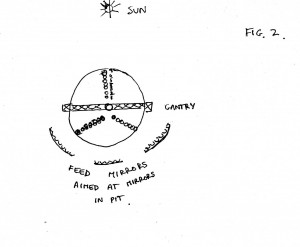
continued next week. Skipper Prossitt
